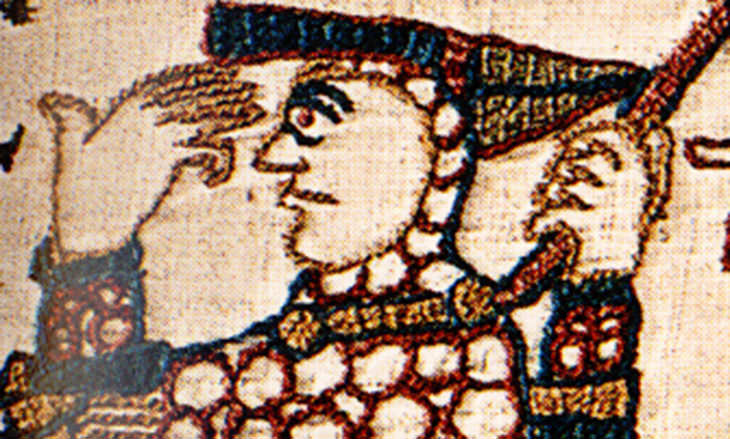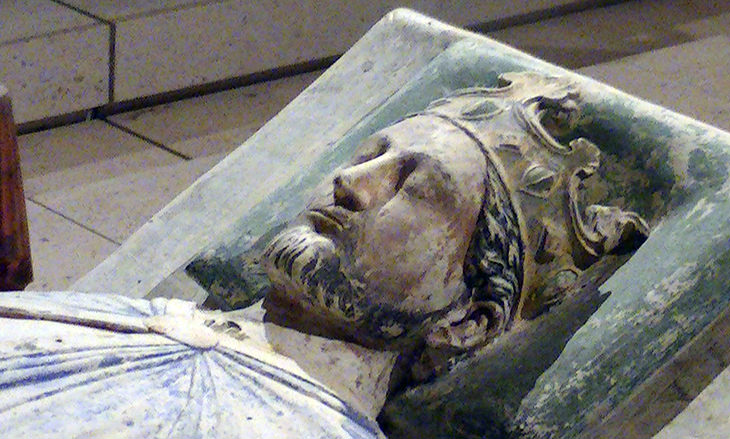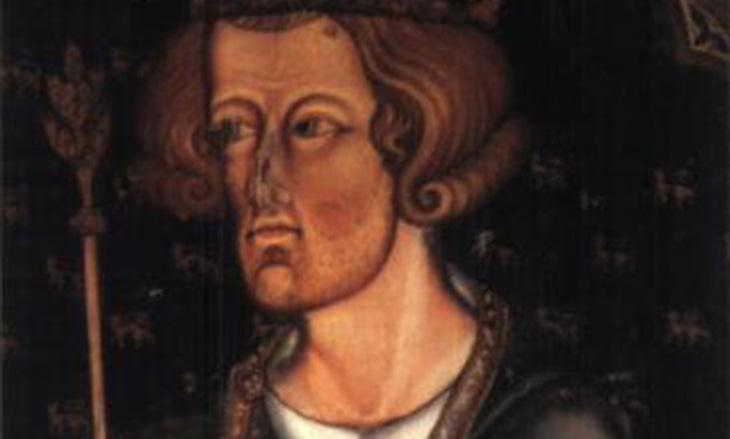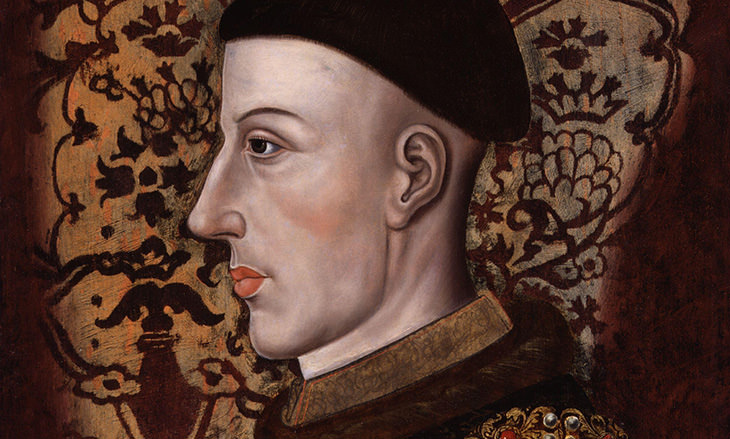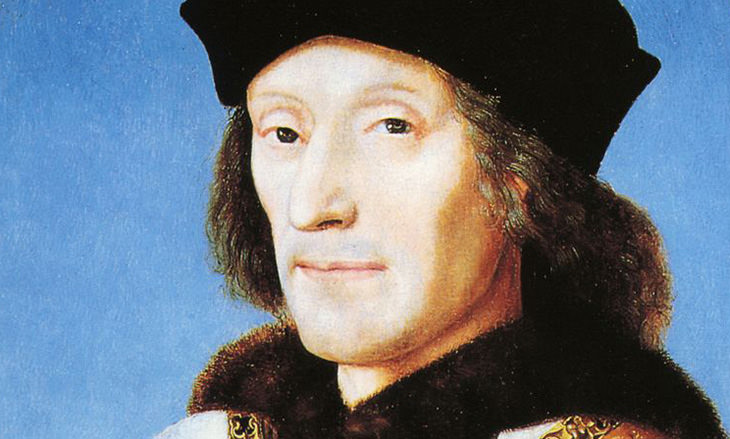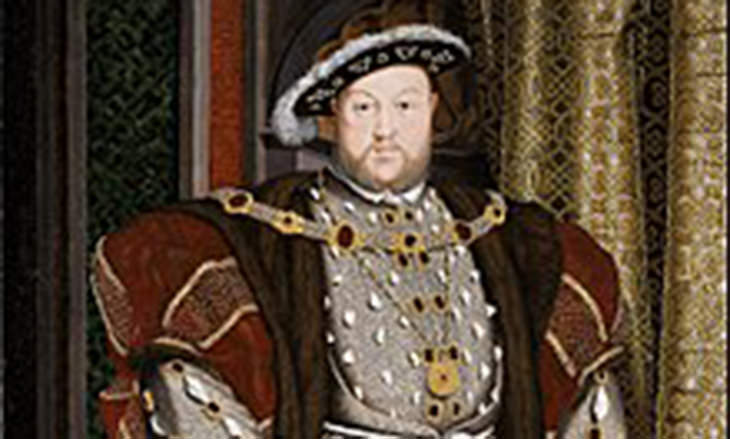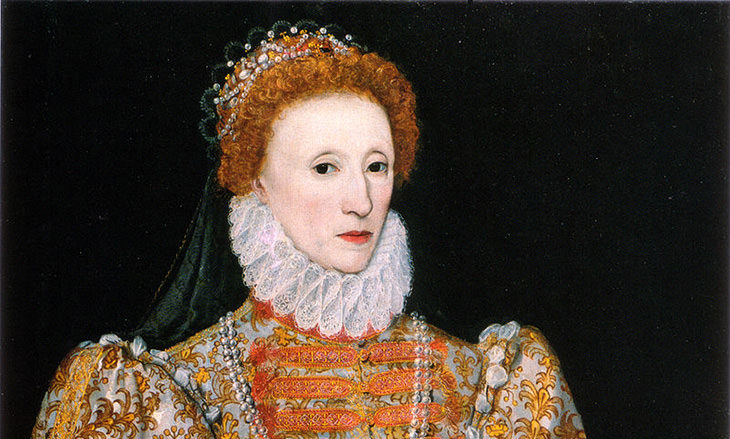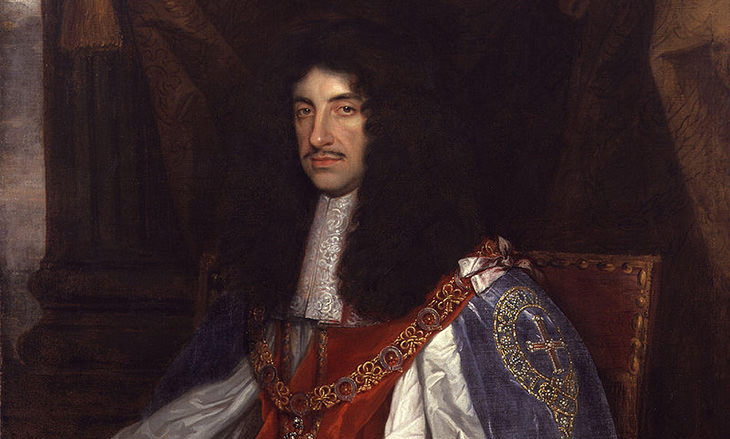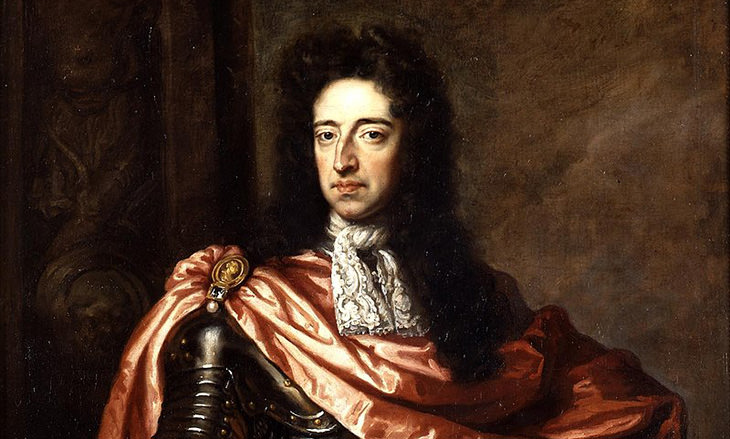1. William I (‘William the Conqueror’), 1066–87
The Norman duke united and conquered England following the Battle of Hastings, which was fought on October 14th, 1066. He was brave, brutal and cunning in equal measure, and became the ruler of a land containing some 1.5 million inhabitants at the time. He became the Duke of Normandy aged just eight years old, but he grew into a formidable warrior who first reunited his duchy, then went on to become Kind of England.
2. Richard I (‘Richard the Lionheart’), 1189–99
Standing more than six feet tall, Richard the Lionheart got his nickname thanks to unflinching valor in battle and immense physical strength. Despite ruling England for 10 years, he only spent 10 months of his reign there in total. The first three years of his reign were spent leading the Third Crusade, which was intended to return Jerusalem to Christian rule. Although he didn’t actually manage to take Jerusalem, he got within 12 miles of it, only to be captured on his return journey through mainland Europe. He campaigned successfully in Normandy and Aquitaine following his release but died of gangrene after being hit by a crossbow bolt in 1199.
3 Edward I, 1272–1307
Despite being known as the Hammer of the Scots, Edward I actually conquered the Welsh. The-then Prince of Wales, Llewelyn ap Gruffydd, refused to pay homage to Edward and thought that the Welsh could take refuge from him in the mountains of Snowdonia, but he was mistaken. The king simply built a chain of castles along the north coast of Wales, meaning that it was impossible for grain and other supplies to get through to the Welsh in the mountains. Llewelyn perished in battle, and Edward promptly made his son Prince of Wales, which is a title still borne by the heir to the British throne to this very day.
4. Henry V, 1413–22
The last great warrior-king of the Middle Ages inherited his crown following his victory at the Battle of Agincourt and was immortalized by the great playwright, Shakespeare. Henry V inspired his followers by mingling with them before they headed into battle, and achieved the astonishing feat of uniting the British and French crowns in 1420. Sadly, he wasn’t to reign for long – he contracted dysentery while besieging the town of Meaux. It must be said that historians tend to view Henry as more of a monk-like figure, rather than the Shakespearean idea of a happy-go-lucky leader who got along great with his subjects.
5. Henry VII, 1485–1509
Victory at the Battle of Bosworth marked the beginning of Henry VII’s reign. He was the first Tudor king of England (despite being born in Wales), and was incredibly avaricious during his reign, taxing even his greatest subjects. Imposing substantial taxes on his subjects led to the end of the War of the Roses, which was fought between rival noble houses vying for the British throne. Nevertheless, Henry VII was deeply unpopular with his subjects by the end of his reign but left vast amounts of money, a united country and a submissive nobility to his notorious son, Henry VIII.
6. Henry VIII, 1509–47
More famous for his six marriages than anything else, Henry VIII is a poster-boy for debauchery, excess, ruthlessness and questionable sexual proclivity. The older he got, the worse his behavior became, casting off wives and servants with merciless finality. He also founded the Church of England after having an argument with the Roman Catholic Pope after his request to have his marriage to Catherine of Aragon annulled was refused. He went on to have two of his six wives executed, and was constantly on the verge of financial ruin thanks to his extravagant spending. With that being said, he did manage to turn England into a sovereign nation.
7. Elizabeth I, 1558–1603
Even the Spanish Armada couldn’t thwart Queen Elizabeth I, the Tudor queen who became known for developing a love affair with her people. Although she had numerous amorous friendships during her lifetime, Elizabeth never married, and actually became celebrated toward the end of her life for her virginity. She only put her cousin, Mary Queen of Scots, to death after she spent a full 20 years plotting against her. Prior to the clash with the Spanish Armada in 1588, she told her army: “I know I have the body of a weak and feeble woman, but I have the heart and stomach of a king, and of a king of England too.”
8. Charles II, 1660–85
Referred to as the Merry Monarch by his subjects, Charles II was one of the most beloved kings of England. He assumed the throne after returning from exile during the rise of the Commonwealth of England and was responsible for the restoration of the House of Stuart to the British throne. Charles II was so popular that he was never at risk of being unseated, unlike his father, Charles I and younger brother, James II. He was also known for being courageous, tolerant and pleasure-loving, with particular reference being made to the liveliness of his royal court.
9. William III and II, 1689–1702
It’s surprising to think that one of the greatest kings of England is one of the least remembered. He was born in the Dutch Republic (the precursor country to the modern Netherlands) and showed incredible skill to get King James II, his predecessor, deposed. With that being said, he was not popular during his reign. He made it to the British throne by landing in Devon in 1688, armed with a printing press and an army. He managed to get himself portrayed as the perfect man to become the ruler of England, thus Parliament voted for him to be able to rule jointly with his wife, Mary II.
10. Victoria, 1837–1901
Prior to Queen Elizabeth II surpassing her, Queen Victoria was the longest-ruling monarch in British history, taking the throne in 1837. Although she did not have much direct political power due to the United Kingdom being an established constitutional monarchy, she attempted to influence policymakers from behind the scenes during her reign, which is known as the Victorian era. She went into deep mourning and seclusion following the death of her husband, Prince Albert, in 1861, but was called back to public life by Prime Minister Benjamin Disraeli in 1868. She managed to quash republicanism (opposition to her) in the country by establishing a deeply emotional link with her subjects.

